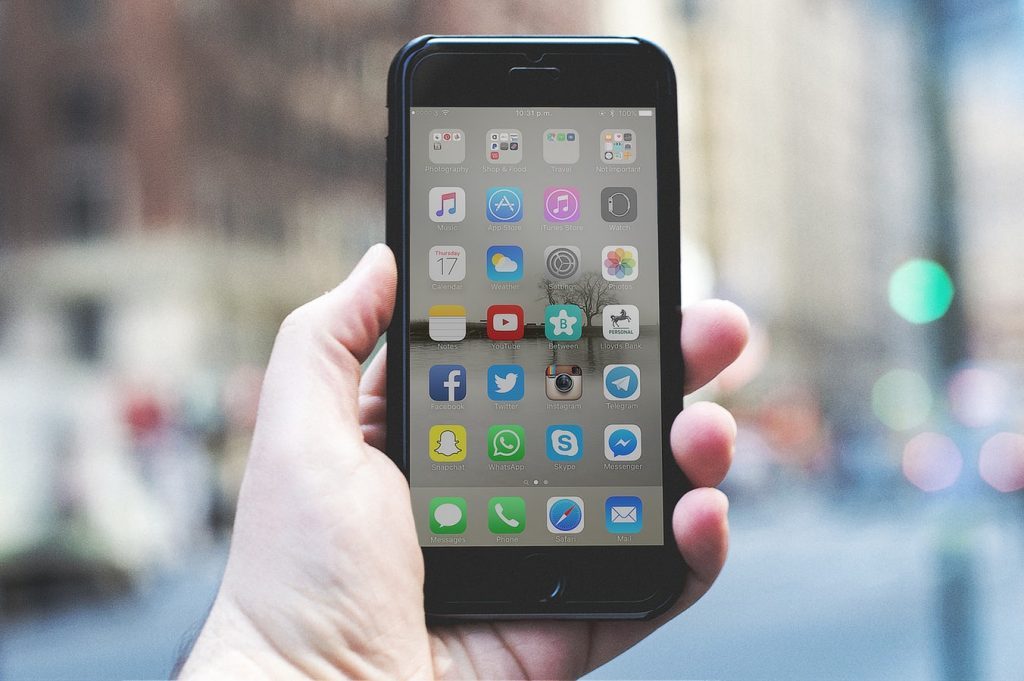If you have a Twitter account or have anything to do with social media, you would’ve heard by now the big news that hit the streets of the social media scene… The infamous character limit has grown and is now at 280.
This is HUGE news and is bound to transform the platform as we know it. From the look and feel to the way information is published, read and consumed, Twitter has finally stepped into a new age.
Reviews say it’s an excellent change for reasons such as:
- We’re able to add context and meaning to our tweets,
- There’s room to be more creative and share our message,
- And generally a whole lot easier for people to write tweets targeting their audience
Though well-received by marketers and new users when used correctly, the update has received a lot of backlash from its loyal, regular tweeters. The general theme of this resistance stems from the time-poor and people who have spent a decade mastering the 140 character limit.
Many social media users these days have digital brains, designed for skimming through the torrent of information many consume every day. Rather than read through a whole body of text, users now just glance overlooking for keywords.
Reading in the digital age
Fact: 79% of online readers scan content, they don’t read line by line.
As a result, studies now show the majority of audiences aren’t reading blocks of text anymore (via Washington Post, Evernote and Writix). Instead, they just skim over information, and if they can’t find what they are looking for quickly, they’re fine to move on to the next piece of content.
In the age of the internet and social media, two types of digital readers have emerged: The ‘Skimmer’ and the ‘Scanner’. The difference? How they find and consume content.
The Skimmer gathers – they are passive in their search for content. They roam pages and feeds with no real purpose. If something stands out, they’ll stop and read on.
In contrast, Scanners are on a mission. They know precisely what they’re looking for, ignoring pretty much everything irrelevant to their original search. They know what they want, and they want it now.
When we read online, most of us sway instinctively between skimming and scanning depending on the situation and the information we’re looking for.
What’s changed from then to now?
Prior to the update, Twitter catered for both the Skimmer and the Scanner. The content was sent in a stream of short 140-character statements which gave the audience information thin and fast, no messing around.
Now, since the 280 character limit update, Twitter streams have become thicker, slower and full of blocky long tweets that audiences are more likely to scroll past rather than read.
There’s definitely an upside to having more characters to use in your tweets, you just need to know a couple of things to help your readers and improve your level of engagement.
Here are five tips to make the most out of a 280-character tweet
Here are five tips to make the most out of a 280-character tweet
- Try not to use the whole 280 characters – Think about using it as a little more room to breathe not expand. Use it as an opportunity to get grammatical! Spell long words correctly, include filler words, we’re not limited anymore. We think we’ve found a character length sweet spot and it lies around the 200 mark, including a link. If you limit yourself to this length, you will see you can still be creative while also being precise.

- Use hashtags and spaces to break up content. Hashtags are used in four ways;
(1) Branding content – your company name, tagline, an area of expertise, location, acronym, or some combination of these – e.g.KitKat use #HaveABreak.
(2) Trending hashtags – used to follow conversations or themes – e.g. #Ashes2017.
(3) Campaign hashtags – These hashtags are a little different from a brand hashtag. They’re used to promote a new campaign, a product, service, event – e.g. RSPCA used #MillionPawsWalk in their tweets to support the day’s events around the country.
(4) Due to this update, we see a fourth way emerging. Using hashtags to highlight text to draw your eye to important themes of the tweet makes the reader hesitate or pause on your tweet. In the same way, we use bold or italics in the long-form text to highlight and emphasise our point within the text. Doing so will help your tweets stand out.
Be careful though, don’t go overboard. Stick with 3-4 hashtags per tweet.
- Make sure you continue to tag relevant accounts. Not only should we get grammatical, why not use this space to tag more people? Do you think your Twitter bestie would like this? Tag them in it. Or maybe you want to credit the author of the article your posting; easy we have the room for that now.

- Don’t just use the longer form because you have it to use. Like with all content, if you can be precise, be precise. People appreciate not only short tweets but that you’ve taken the time to work the text down to a brief, concise, one-line statement that catches the eye.
- Test test test! Play around with the tweet length to see what your reader engages with most. You have more freedom now to test what your readers like and what they don’t. Take advantage and test away.
